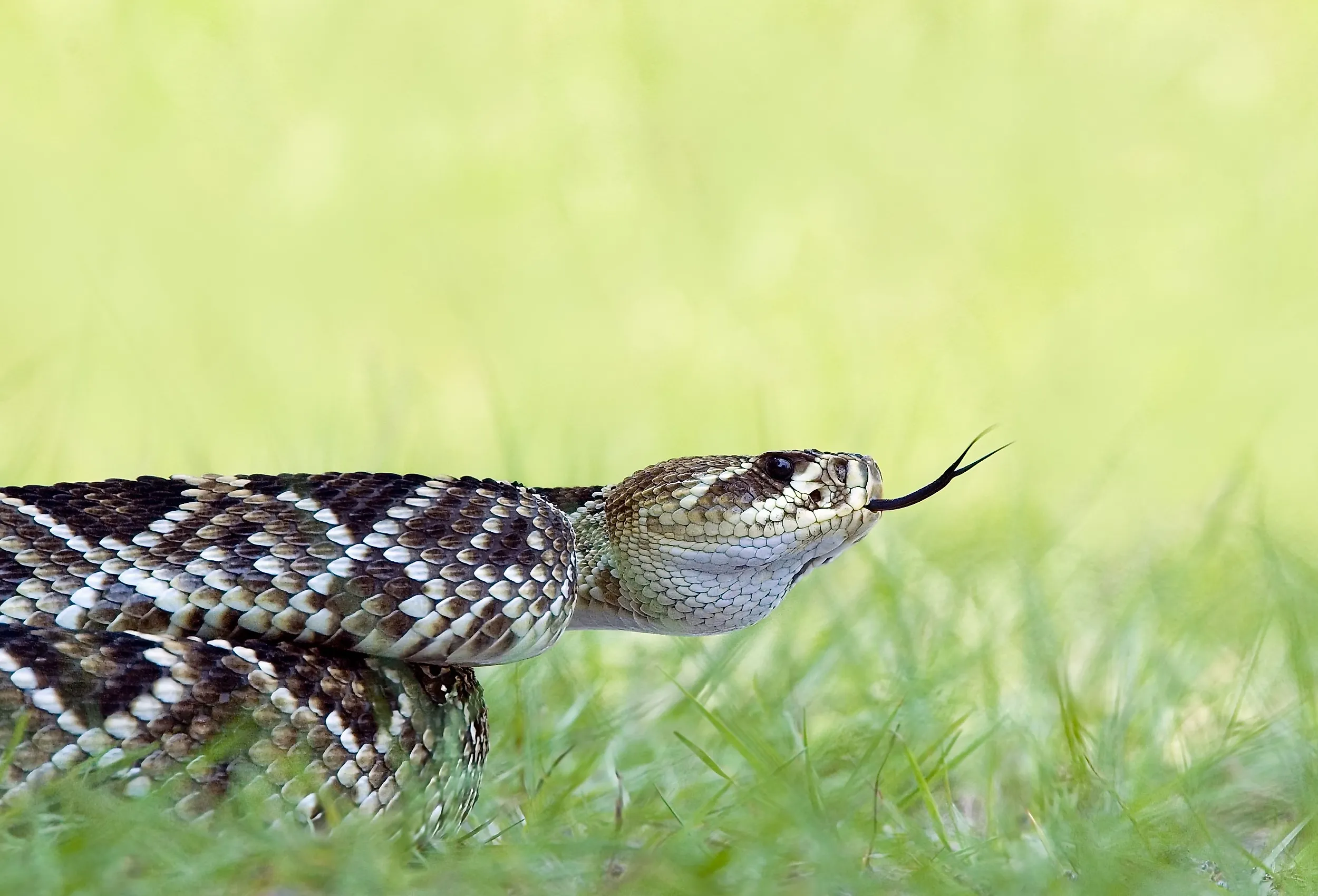
Deadliest Snake In The United States
The United States may be known for its large, world-famous cities, but much wildlife can be found creeping within its various forests, swamps, deserts, and bodies of water. Most noticeably, the United States is home to a variety of snakes. While some are harmless, avoiding others, such as adders and rattlesnakes, would be wise. These contain venom that will attack a human's circulatory system and cause bleeding or interfere with the blood's ability to clot, which leads to death.
Criteria for Deadliness
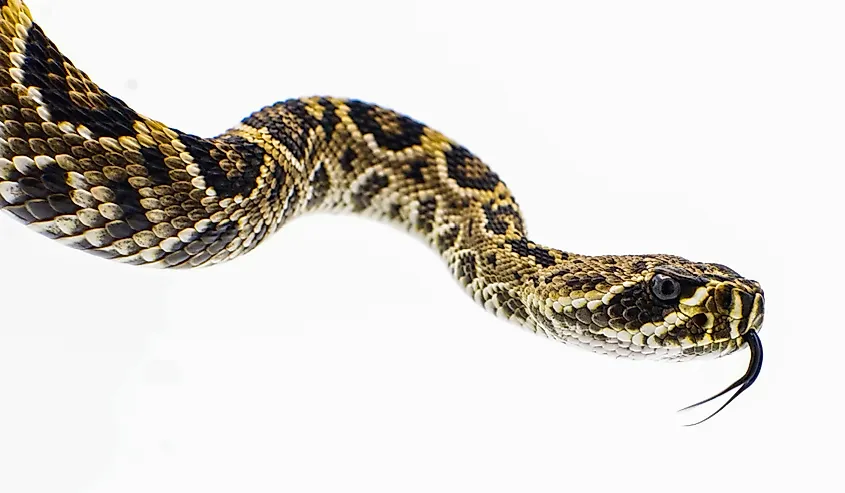
But how does one go about identifying the deadliest snake in the US? One scientist may measure it by tallying which species are responsible for the most human deaths, while another may take a closer look at what their venom consists of and is capable of. A more holistic approach may be most accurate, though, where a snake's aggression, threat to the public, venom toxicity, and fatality rates are considered.
Venomous Snakes in the US
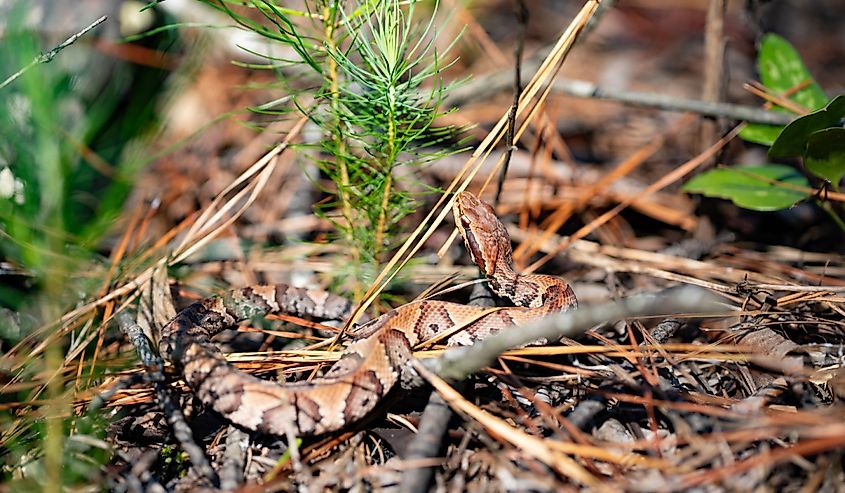
The US has a total of 22 recognized venomous snake species, and they all fall under four categories: rattlesnakes, copperheads, cottonmouths, and coral snakes. Each snake can be found in different states and are deadly for various reasons. A rattlesnake's venom destroys skin tissues and blood cells, affecting the human circulatory system. Copperheads will damage tissue as well, but only temporarily, whereas cottonmouths can cause internal bleeding, muscle damage, and extreme pain. Coral snake attacks are known to cause nausea, paralysis, and even respiratory failure. Of course, not all species of snakes are venomous, but it is wise to be cautious around any unpredictable animal.
Geography
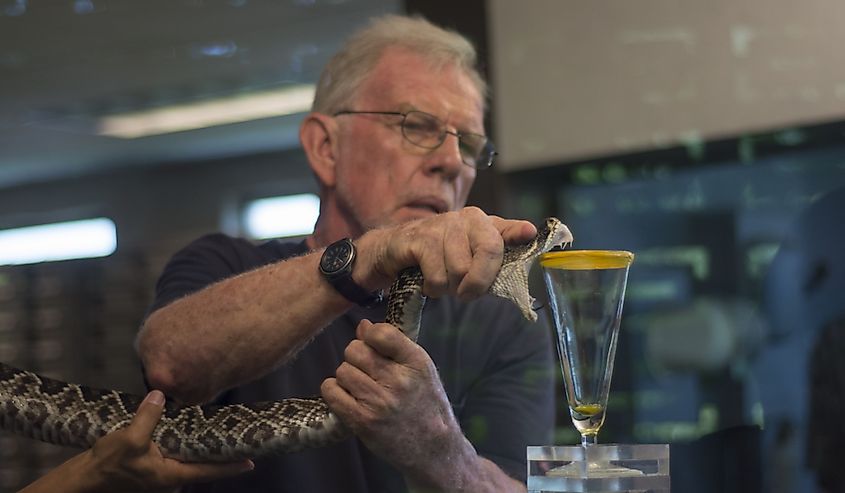
In terms of their geographical distribution, these snakes are spread far throughout the US. Rattlesnakes are the most common and can be found in the southwestern states, such as Arizona. Copperheads are more spread-out in eastern and central regions of the United States. Cottonmouths are scattered and can range from the south of Florida through east North and South Carolina, as well as southeastern Virginia or north along the Mississippi River. And lastly, coral snakes are found mainly in Florida but can also be spotted in North Carolina or Louisiana. It is natural to assume these reptiles are not imminent threats as they are likely not found in cities; however, when anyone nears a swamp, forest, or desert, it is unpredictable territory from there.
Given all this information, which snake is the deadliest in the US? Every scientist's definition of "venomous" or "dangerous" may differ, and there is the chance that data recorded or research gathered may not be completely accurate. However, most research is quantified by a snake's aggression, threat to the public, venom toxicity, and fatality rates. And the one species that stands out above all? This snake is the Eastern Diamondback Rattlesnake.
Eastern Diamondback Rattlesnake
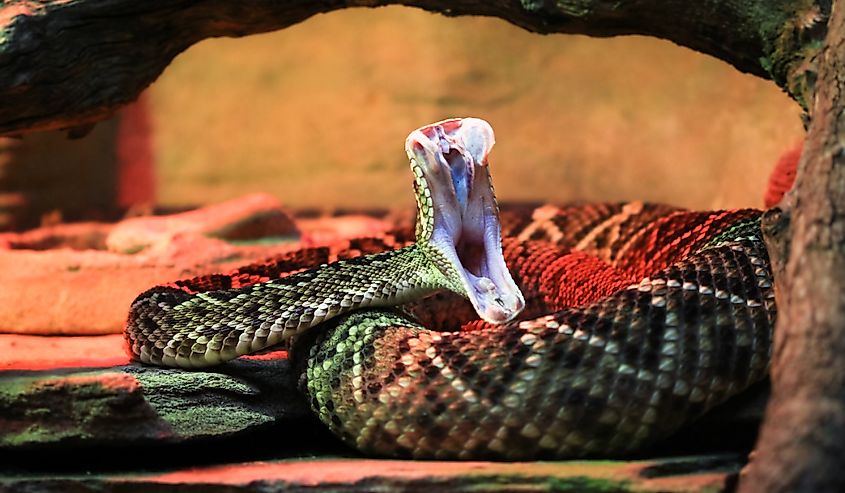
This dangerous creature is considered the most venomous snake in the United States. If bitten by the eastern diamondback rattlesnake, medical attention is needed immediately. When attacked, the rattlesnake will inject a venom called a hemotoxin that can destroy red blood cells and may cause permanent tissue damage and organ degeneration. Although death is not as expected due to the antivenom that is typically available within the snake's habitat range, their bites are fatal, and victims may not be able to make a full recovery.
The eastern diamondback rattlesnake can be found throughout the southeastern part of the United States and typically inhabits longleaf pine ecosystems or pine flatwoods, where the grass is dense and visibility is low. However, they can also swim; therefore, their habitat ranges to the entirety of Florida.
While this snake may be the largest rattlesnake species in the United States by length and weight, it can still be spotted easily! They are brown, yellow, or tan and have black and cream diamond patterns running along their back, so they possess colors that make it much easier for them to camouflage. Their heads are oversized and angular, typically with a white stripe running through the eyes and ending at the neck. Of course, the rattle is a distinct identifier, both by the way it sounds and looks—but by then, it may already be too late for its victim to run.
About the Diamondback
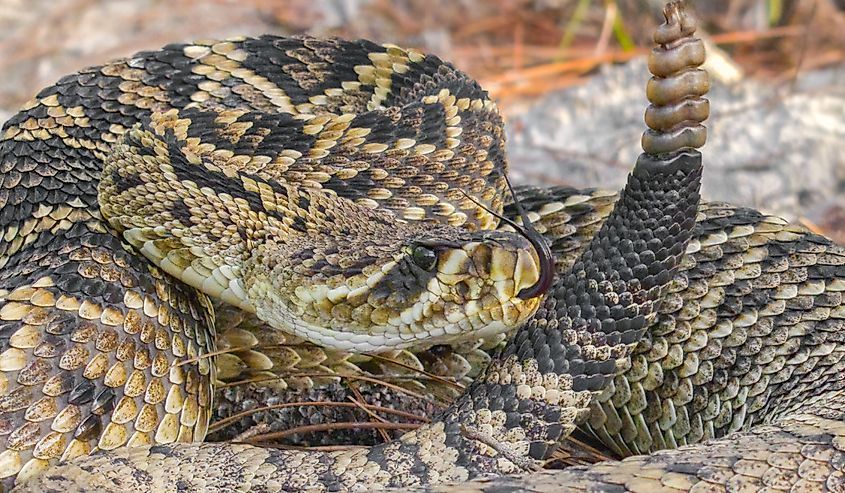
Eastern diamondback rattlesnakes are reptiles that like to be alone. They bask in the sun to regulate their body temperature and are effective at creating shelters such as caves and stump holes to avoid the cold. They will usually sit in very still positions and only strike when feeling threatened or catching prey, using their thermal pits between their eyes and nostrils to sense changes in heat.
This species of snake kills the most people in the US. The mortality rate from a full bite is 40%, and victims who do survive might not be able to recover completely. Just recently, in September of 2023, an Amazon delivery driver was bitten by one of these snakes in Florida and was hospitalized in a severe condition. The snake was coiled up near the front door, and as the driver set down the package, it bit her, causing her to fall ill immediately.
Public Safety Measures
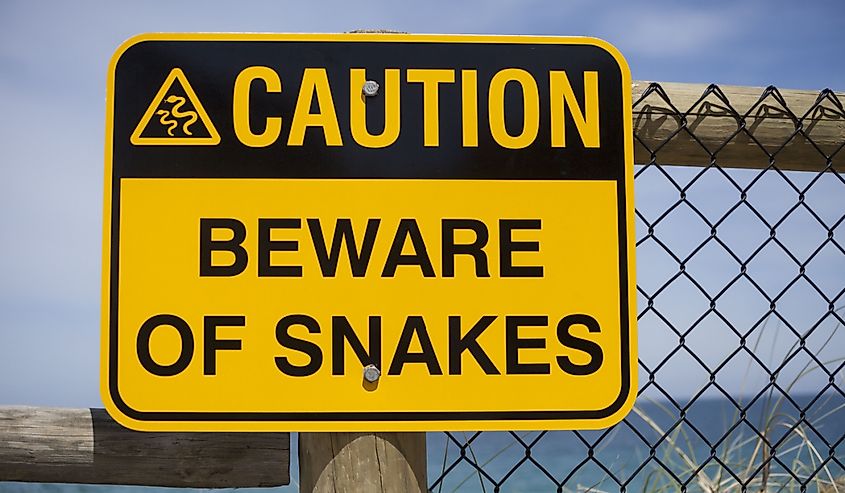
Authorities warn people to be aware of their surroundings, especially when traversing through areas that may be snake territory. With the eastern diamondback rattlesnake, they will typically make a defense noise or rattle their tall to warn others that they feel threatened or are about to strike. Being mindful of this sound and paying attention to where you step may be the difference between life and death. Unfortunately, with rattlesnakes in particular, the only thing that can be done after a bite is to get to the hospital as soon as possible. Do not cut an incision to suck the venom out, apply ice, or give the victim medication/alcohol. These will not help and may make the wound even worse.
Conservation
As terrifying as these snakes may seem, ensuring they do not become endangered is essential. Its numbers are decreasing due to most species' threats: habitat loss, climate change, invasive species, and disease. Events are being held to ensure the public understands why snakes are vital to the environment, and proper habitat management is restoring and maintaining prescribed fires. Hence, they have a safe space to live. Snakes have always been aggressive predators, but they are needed throughout the ecosystem to ensure all species, including humans, can thrive. From one as deadly as the eastern diamondback rattlesnake to something as gentle and docile as the corn snake, they all must be protected, especially in the US — a place so touched by industrialization. All it takes is educating oneself and spreading awareness to save them.











